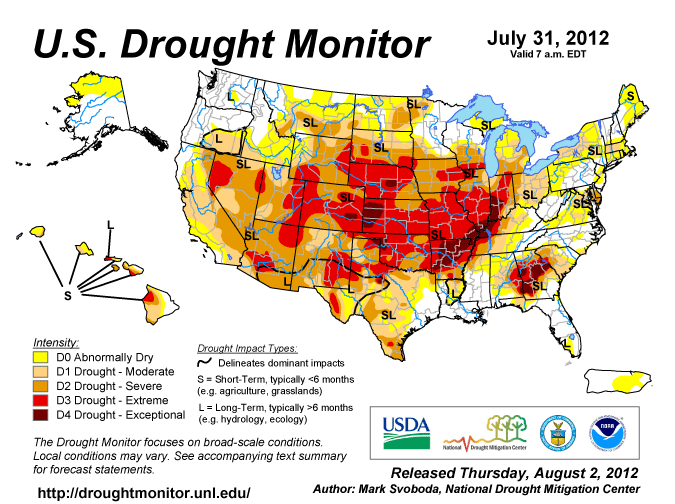Horse Nutrition Articles
Selecting and Storing Horse Hay
September 25, 2017
Determine the percent of grass and/or legumes in the hay (Figure 1). Common grasses include orchardgrass, bromegrass, timothy, fescue, reed canarygrass, and bluegrass. Common legume species include alfalfa, red clover, white clover, and sweet clover. In general, legumes (like alfalfa and clover) have a higher protein content than grasses, and leaves have more protein than other parts of the plant.
Vitamin and Mineral Supplements for Horses
September 25, 2017
Vitamins and minerals are often added to a grain mix to ensure it is balanced and meets a horse’s minimal nutritional requirements. A vitamin and mineral premix should be specific for the classification of horse. It is usually added to the grain mix and bound either with molasses in a textured feed or pelleted. The key to using vitamin and mineral supplements is to incorporate them to balance the diet and to avoid over-supplementation.
Common Toxins in Equine Feedstuffs
September 25, 2017
Equine feedstuffs can be exposed to toxins during growth, harvest and storage. Plant disease, environmental conditions and insect infestation can all increase the likelihood of toxins being present in grains and hays. The possibility that a potential toxin will affect a species depends on its digestive system and eating behavior.
What You Need to Know About Horse Hay
September 25, 2017
Choosing the right hay is important for the nutritional health of your horse. Compared to other nonruminant animals, the horse has a relatively small stomach, normal-sized small intestine and a large hind gut. This digestive arrangement makes the horse better suited to grazing continuously than to having one or two large meals a day. You invest a lot of care and appreciation in your horses, so it is wise to spend some time considering their primary diet -- forages.
Purchasing and Feeding Forage to Horses in a Drought Year
September 25, 2017
This year, much of the U.S. is experiencing various stages of drought. As of July 24th, the U.S Drought Monitor indicated that 53.4% of the U.S. was experiencing moderate drought or worse, 38.1% is in severe drought or worse, and 17.2% is experiencing extreme drought or worse. Every state in the U.S. is affected by dry conditions and/or high heat this year. That means farmers and horse owners alike are feeding hay to livestock in mid-summer that they wouldn’t usually have to feed until mid-fall.
The Basics of Equine Nutrition
September 25, 2017
Horses are non-ruminant herbivores (hind-gut fermentors). Their small stomach only has a capacity of 2 to 4 gallons for an average-sized 1000 lb. horse. This limits the amount of feed a horse can take in at one time. Equids have evolved as grazers that spend about 16 hours a day grazing pasture grasses. The stomach serves to secrete hydrochloric acid (HCl) and pepsin to begin the breakdown of food that enters the stomach.
Protein: An Important Nutrient
September 25, 2017
Protein may be the most misunderstood nutrient class when it comes to feeding horses. Protein is used in the formation of tissue, such as muscle, as well as to make hormones, enzymes, and antibodies. Protein is composed of chains of amino acids. There are twenty-two amino acids, and while the horse’s body is able to make some of these, other amino acids cannot be made and must come from the diet.
Weighing in on Feeding Horses
September 25, 2017
Horse owners are notorious for eyeballing and estimating how much they should feed their charges. As an industry, we typically use the standard measurements of “a scoop of this,” and “a flake of that.” Eyeballing feed or feeding by volume often leads to over or underweight horses or wasted feed.
Why is Forage So Important for Healthy Horses
September 25, 2017
In the past few years of drought and challenging growing seasons, the price of feed has skyrocketed. This has presented a major challenge for owners and managers of both horses and other livestock, given their innate need to consume forage on a daily basis. But what is forage, and why is it important to the healthy horse?
Feeding Newly Baled Hay to Horses
September 25, 2017
Any hay that has been properly cured and dried before being baled should be stable and can be fed as soon as needed. There are no nutritional advantages to storing hay for weeks or months prior to use. Hay actually loses some of its nutritional value when stored for long periods of time. If a nutrient analysis is to be done on the hay, it is suggested to wait about 17 days after baled before the samples are taken.












